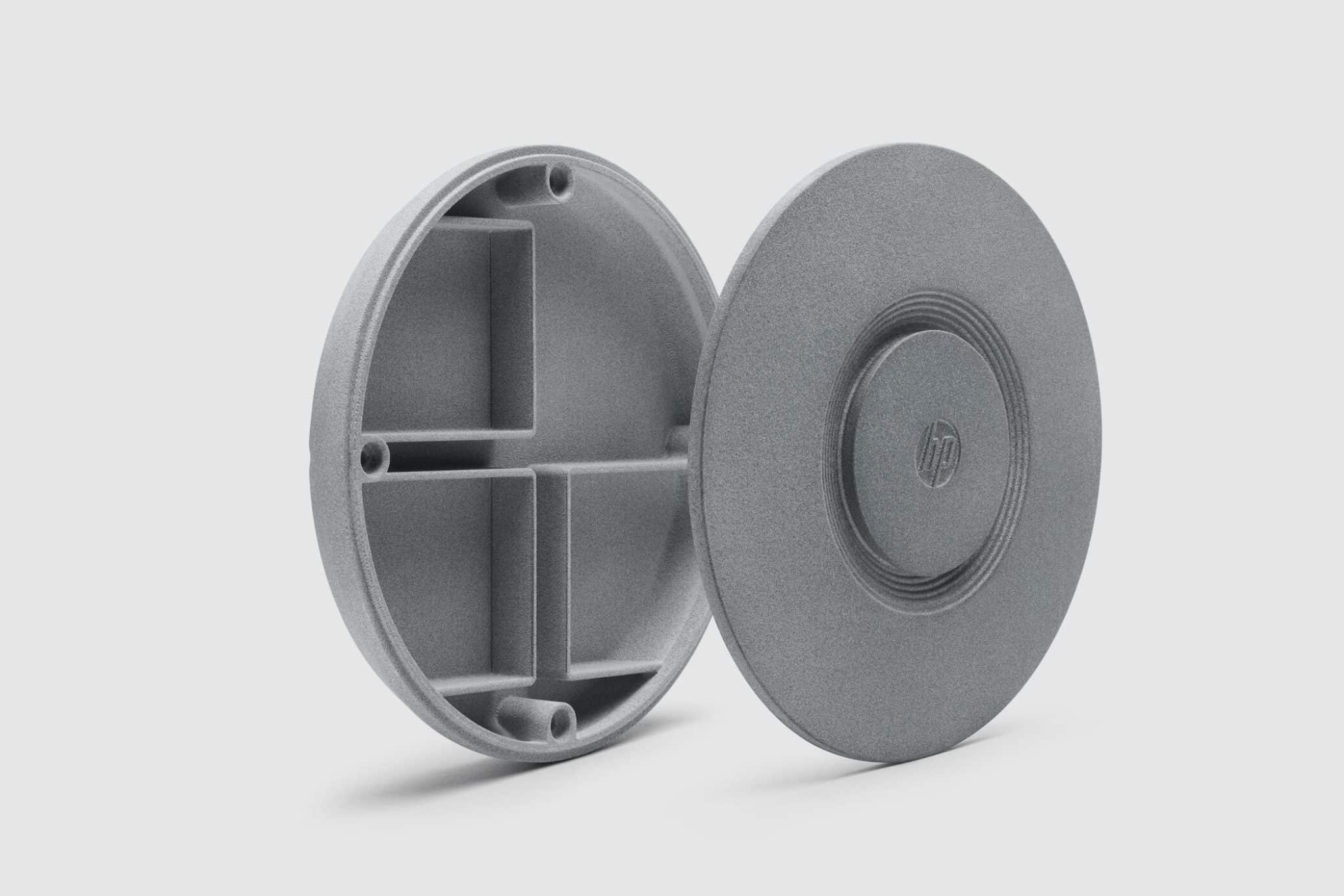Polymethyl Methacrylate (PMMA) Acrylic
Introduction to PMMA (Acrylic) for 3D Printing
Polymethyl Methacrylate (PMMA), commonly known as acrylic, is a transparent thermoplastic known for its excellent optical clarity, UV resistance, and surface hardness. It is used in applications requiring transparency and rigidity such as light diffusers, display covers, and signage panels.
Fused Deposition Modeling (FDM) and Stereolithography (SLA) processes are used to print PMMA parts, offering dimensional accuracy of ±0.2 mm with surface finishes suitable for polishing and post-finishing.
International Equivalent Grades of PMMA
Region | Grade Code | Trade Names / Standards |
|---|---|---|
ISO | ISO 7823-1 | Acrylic Sheets/Polymers |
ASTM | D788 | PMMA Resin |
China | GB/T 7134 | 聚甲基丙烯酸甲酯 (PMMA) |
Trade | — | Plexiglas®, Acrylite®, Altuglas® |
Comprehensive Properties of PMMA
Property Category | Property | Value |
|---|---|---|
Physical | Density | 1.17–1.20 g/cm³ |
Light Transmittance | ≥92% | |
UV Resistance | Excellent | |
Mechanical | Tensile Strength | 60–75 MPa |
Flexural Modulus | 2,800–3,200 MPa | |
Elongation at Break | 2–5% | |
Hardness (Rockwell M) | 90–100 | |
Thermal | Heat Deflection Temperature | 95–105°C |
Suitable 3D Printing Processes for PMMA
Process | Typical Density Achieved | Surface Roughness (Ra) | Dimensional Accuracy | Application Highlights |
|---|---|---|---|---|
≥95% | 12–18 µm | ±0.2 mm | Suitable for rigid enclosures, panels, and durable optical parts | |
≥99% | 4–8 µm | ±0.1 mm | Ideal for clear visual prototypes, lenses, and complex transparent geometries |
Selection Criteria for PMMA 3D Printing Processes
Optical Clarity: PMMA offers >90% light transmittance and excellent surface polishability, ideal for lighting, optical covers, and lenses.
Surface Hardness and Rigidity: It maintains stiffness and scratch resistance superior to polycarbonate or PETG, useful for display and protective applications.
UV and Weather Resistance: PMMA resists yellowing and degradation under long-term UV exposure, making it perfect for outdoor or light-exposed use.
Brittleness Considerations: PMMA is rigid but not impact-resistant—avoid thin unsupported features or use thicker walls for structural strength.
Essential Post-Processing Methods for PMMA 3D Printed Parts
Sanding and Polishing: Surface sanding and buffing bring optical clarity to SLA or FDM prints used in light guides or display panels.
Painting and UV Coating: PMMA accepts solvent-based coatings or UV-cured paints for aesthetic and functional surface enhancement.
Solvent Vapor Smoothing: For FDM parts, methyl methacrylate vapor can smooth layers and restore visual clarity with proper chamber setup.
CNC Finishing: For polished edges or toleranced fits, machining provides ±0.02 mm precision on critical features.
Challenges and Solutions in PMMA 3D Printing
Warping and Cracking: Use a heated bed (80–100°C) and enclosed chamber to reduce shrinkage and maintain flatness in larger parts.
Layer Adhesion (FDM): PMMA is prone to delamination—use higher nozzle temps (240–260°C) and slow print speeds for improved bonding.
Brittle Failure Under Impact: Avoid high-stress applications or consider PC or PETG for impact-loaded components requiring deformation before fracture.
Applications and Industry Case Studies
PMMA is widely used in:
Lighting and Optics: Light guides, lenses, diffusers, and LED housings with transparent performance.
Retail and Signage: Transparent nameplates, displays, and illuminated signage.
Consumer Products: Protective screens, device covers, and functional visual prototypes.
Architectural Models: Clear partitions, glazing simulations, and visual detail components.
Case Study: A lighting OEM printed PMMA diffuser panels using SLA. Post-processed with polishing, the panels delivered >88% light transmittance and ±0.1 mm dimensional consistency, accelerating prototyping without injection molds.
Frequently Asked Questions (FAQs)
How transparent are SLA or FDM 3D printed PMMA parts after polishing?
Can PMMA withstand outdoor UV exposure without yellowing or surface degradation?
What are the ideal print settings for FDM PMMA to avoid warping or cracking?
Is PMMA suitable for producing end-use optical housings or light panels?
How does PMMA compare with polycarbonate or PETG for clarity and durability?



